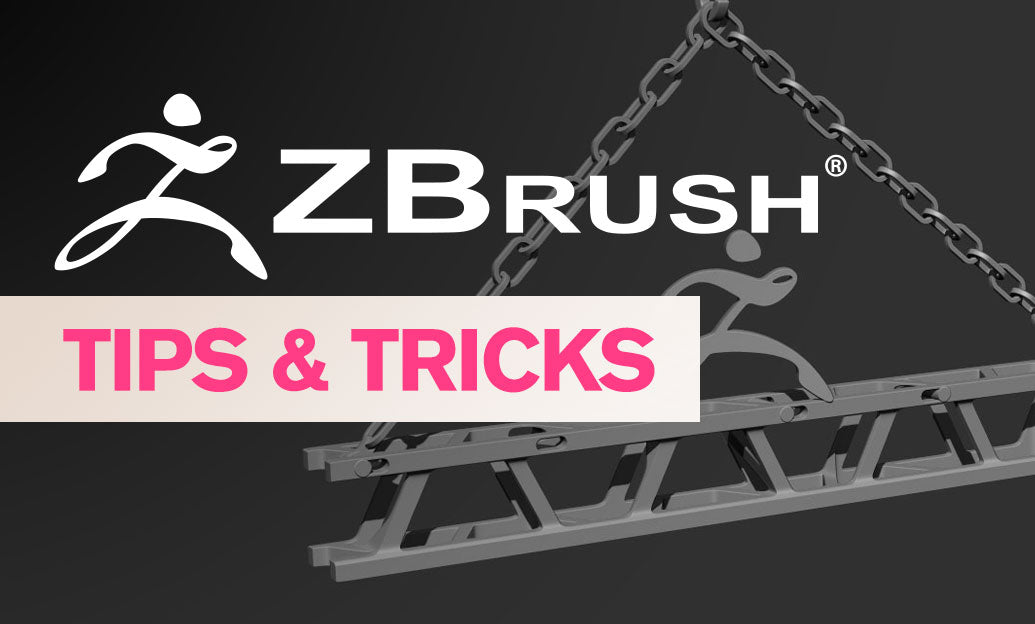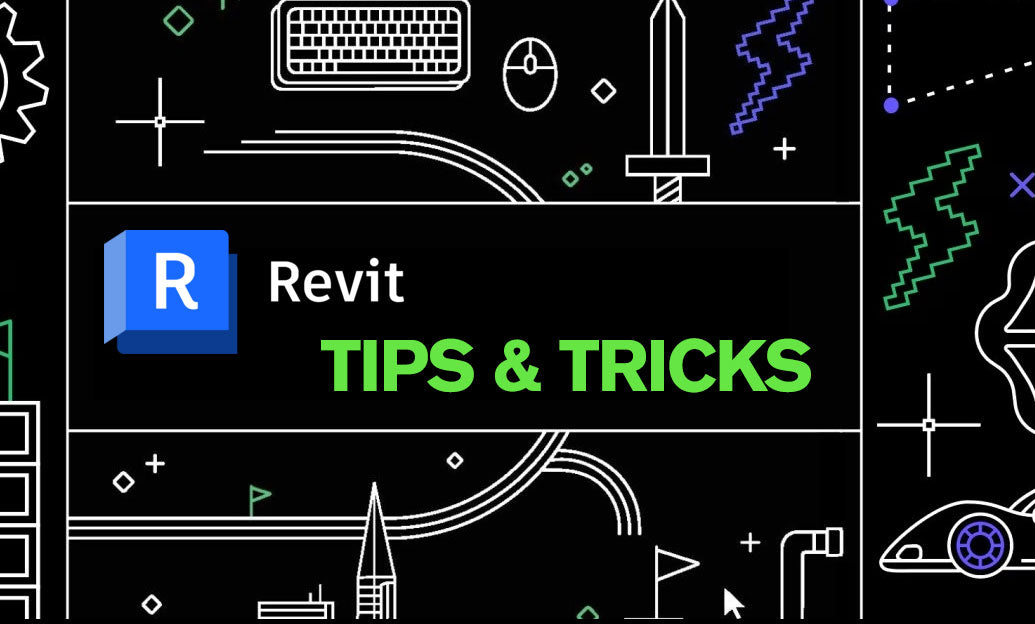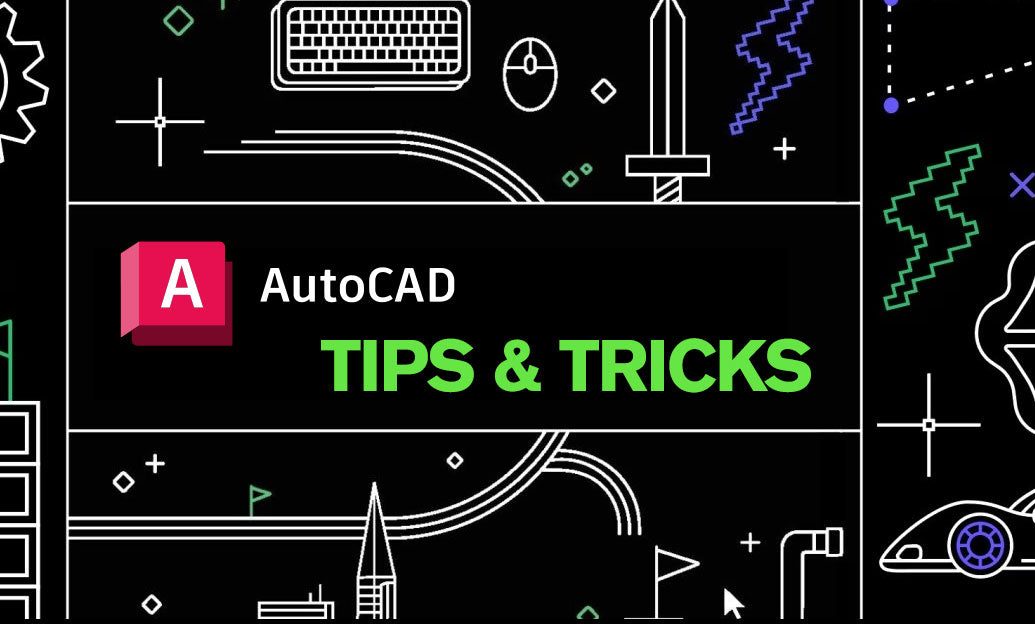Your Cart is Empty
"Great customer service. The folks at Novedge were super helpful in navigating a somewhat complicated order including software upgrades and serial numbers in various stages of inactivity. They were friendly and helpful throughout the process.."
Ruben Ruckmark
"Quick & very helpful. We have been using Novedge for years and are very happy with their quick service when we need to make a purchase and excellent support resolving any issues."
Will Woodson
"Scott is the best. He reminds me about subscriptions dates, guides me in the correct direction for updates. He always responds promptly to me. He is literally the reason I continue to work with Novedge and will do so in the future."
Edward Mchugh
"Calvin Lok is “the man”. After my purchase of Sketchup 2021, he called me and provided step-by-step instructions to ease me through difficulties I was having with the setup of my new software."
Mike Borzage
April 18, 2025 3 min read

Enhancing your modeling workflow in Rhino 3D often involves leveraging powerful tools like the Reflect command. The Reflect tool is essential for creating symmetrical models efficiently, especially when working on designs that require mirror symmetry. Utilizing this tool can significantly accelerate your design process and ensure precision in your models.
Here are some tips for using the Reflect tool effectively:
By integrating the Reflect tool into your modeling process, you can significantly reduce modeling time, improve accuracy, and maintain symmetry with ease. It's a powerful feature that, when mastered, can enhance the quality of your designs and streamline your workflow.
For more advanced tips, tutorials, and professional resources on Rhino 3D, consider visiting NOVEDGE, a leading online store for design software. NOVEDGE offers a wide range of products and support to help you get the most out of your design tools.
You can find all the Rhino products on the NOVEDGE web site at this page.

May 12, 2025 2 min read
Read More
May 12, 2025 2 min read
Read More
May 12, 2025 2 min read
Read MoreSign up to get the latest on sales, new releases and more …